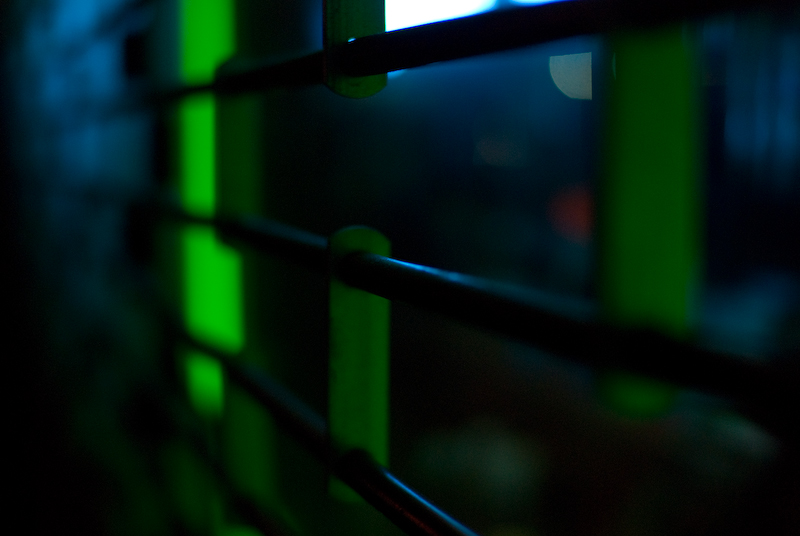|
|
LITR 5731 Seminar in
Sample Student
Submission
Spring Research
Post 1
|
|
Denielle Alexander
African American women: how colorism affects their self-esteem
Even though Iím an African American woman, I do not have all
the answers on the subject of colorism amongst Blacks. Dr. White brought this
topic to my attention by introducing the narrative of Linda Brent,
Incidents in the Life of a Slave Girl.
It drew to my attention that skin color is more than the color of your flesh or
ethnicity, but skin color can also have psychological and mental effects
associated with it. This encouraged me to further conduct research my on topic:
African American women and how colorism affects their self esteem. Just by
scratching the surface of this sensitive issue, I learned more about the values
African American women place on skin color as individuals, and their perceptions
of other women of color.
KaaVonia Hinton-Johnson maintains that African American women,
associate skin color in order to become accepted in society. According to her,
the contrast between white and black is defined as being opposite from each and
is used to create division. In addition, light skinned women of color and dark
skinned women of color have always been viewed as unequal to each other, and
their beauty characteristics are highly scrutinized.
The color white in western culture typical means being good, and angelic,
while black is drastically its opposite; it is considered evil and the
absorption of white. Hinton-Johnson two views on color have manifested into the
destruction of how black women view their beauty and also have created a
measurement of the definition of ďwhat is beauty?Ē
Brita Lindberg Seyersted suggests that what defines beauty in
the African American culture is skin color, eye color, and the texture of hair.
She goes on to explain that the closer a person resembles the White race, the
more they may be perceived as beautiful. A woman having long silky locks, light
colored skin, blue eyes and a slender nose may be the definition of a beautiful
black woman. This definition creates dramatic and damaging effects, only because
black women will go to great lengths to: perm their hair and chemically alter
the texture of it, to purchase blue or green contacts to be able to have pretty
eye color, or to bleach their skin. Even though other women can medically alter
their physical appearance, they donít alter it to resemble another race. They
only change how they look to enhance their beauty and fix what they donít like
about themselves. Black women, sometimes change the features that they naturally
have, as being a part of the black race, which can indirectly send a message
that being Black is unattractive and less beautiful.
My research did not specifically answer my question on how
colorism affects black women. It just opened my eyes as to how the simple colors
of black and white have helped African American women view themselves. Beauty
will always have its certain measurement and definitions, but to alter your
appearance can take away the natural beauty and lower the value of a personís
self esteem. Issues like this will never have a definite answer, but at least I
was able to learn more about my gender and race. And it also made me look at
some of the beauty regimes I have done to myself in order to fit in. Iíve also
been a victim to the relaxers to straighten my hair, the hazel eye contacts in
the 8th grade, and the thought that if I was light skin I would be
prettier. Now, I think every black
woman should embrace their beauty and research how African American women beauty
is defined and what they can do to redefine these negative views of being Black
and beautiful.
Johnson-Hinton, KaaVonia. "Subverting Beauty Aesthetics in
African-American Young Adult Literature." Multicultural Review 14.2
(2005): 28-35. MLA International Bibliography. Web. 05 Apr. 2010.
Lindberg-Seyersted, Brita. "The Color Black; Skin Color As
Social, Ethical, and Esthetic Sign In Writings by Black American Women."
English Studies 1 (1992): 51-67. MLA International Bibliography. Web.
15 Apr. 2010.
Brinkman, Bartholomew. "Making Modern Poetry: Format, Genre
and the Invention of Imagism(e)." Journal of Modern Literature 32.2
(2009): 1-23. MLA International Bibliography. Web. 15 Apr. 2010.
See, Sam. "'Spectacles in Color' The Primitive Drag of Langston Hughes." PMLA: Publications of the Modern Language Association of America 124.3 (2009): 798-805. MLA International Bibliography. Web. 15 Apr. 2010.


